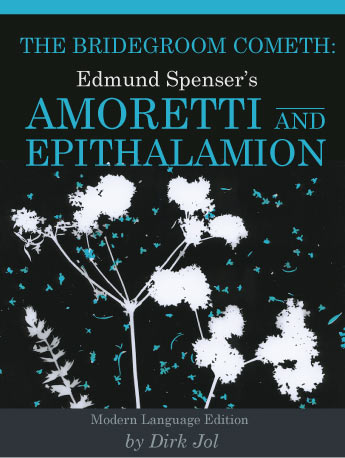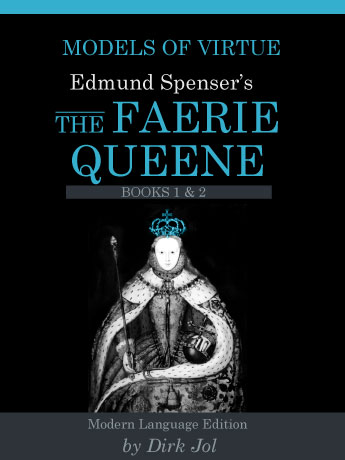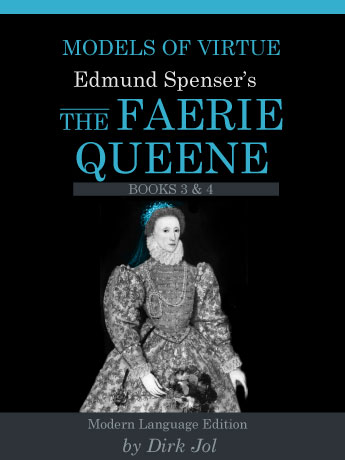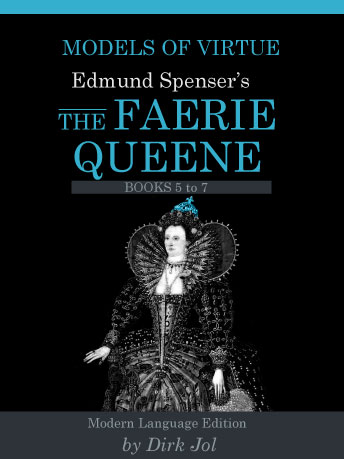Brief Biography of Edmund Spenser

Edmund Spenser was born in London around the year , very likely into a working class family. Edmund’s parents enrolled him in the new Merchant Taylors’ School in London. There he was exposed to the systematic study of English literature under the tutelage of Richard Mulcaster. At the age of 16 or 17, Edmund went on to study at Pembroke College in Cambridge, where he formed several important life-long friendships with other students.
While Edmund was preoccupied with literary endeavours such as his Shepheard’s Calendar (his first published work), paid employment as a private secretary from 1580 onward enabled him to enjoy a more secure lifestyle. After Spenser had published his first instalment of The Faerie Queene in , he wrote the sonnet-and-song sequence, Amoretti and Epithalamion as a gift to his fiancée, Elizabeth Boyle. Not long after publishing the second instalment of his Faerie Queene, Spenser died while visiting London away from his home in Ireland during the winter of 1599.




